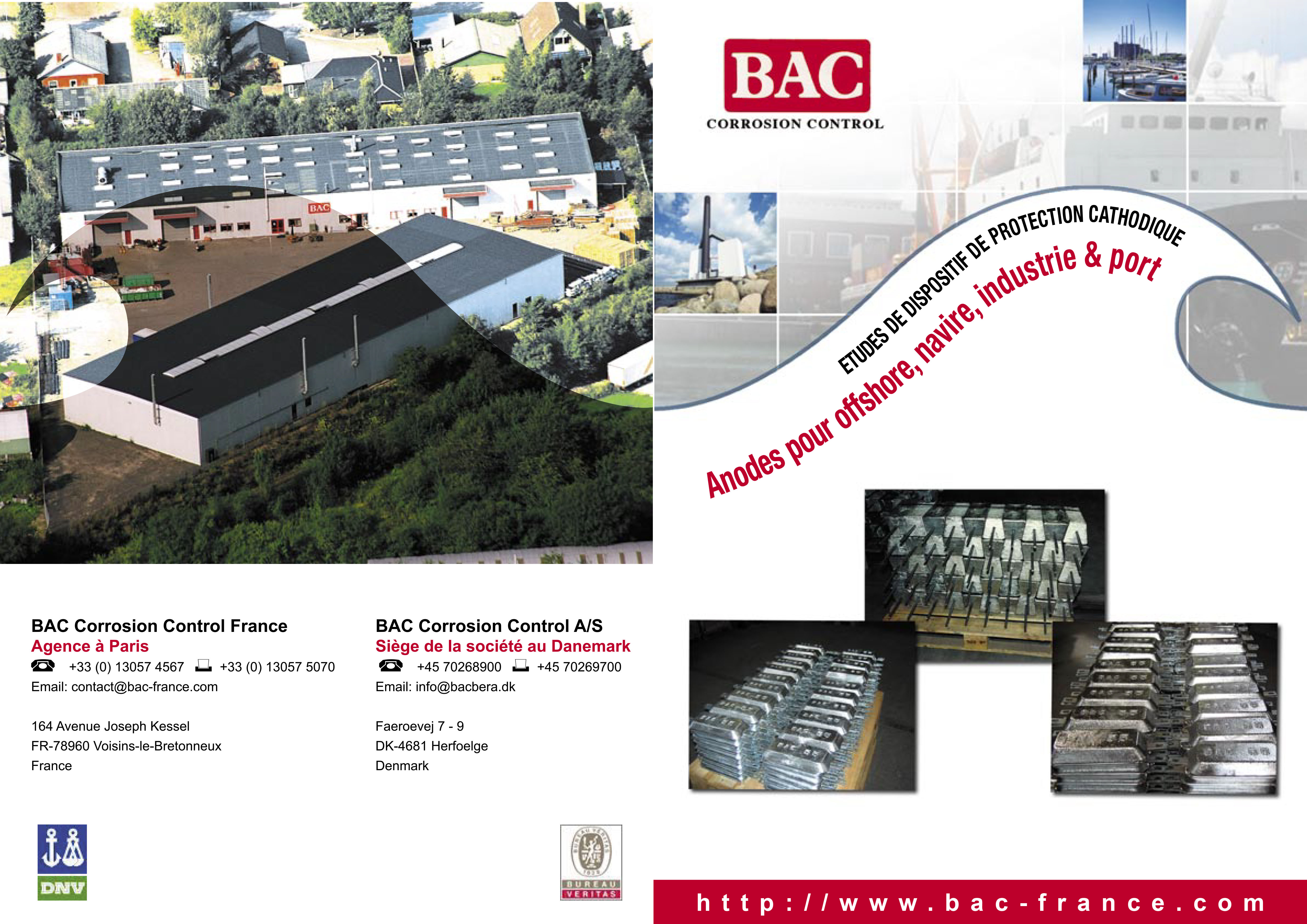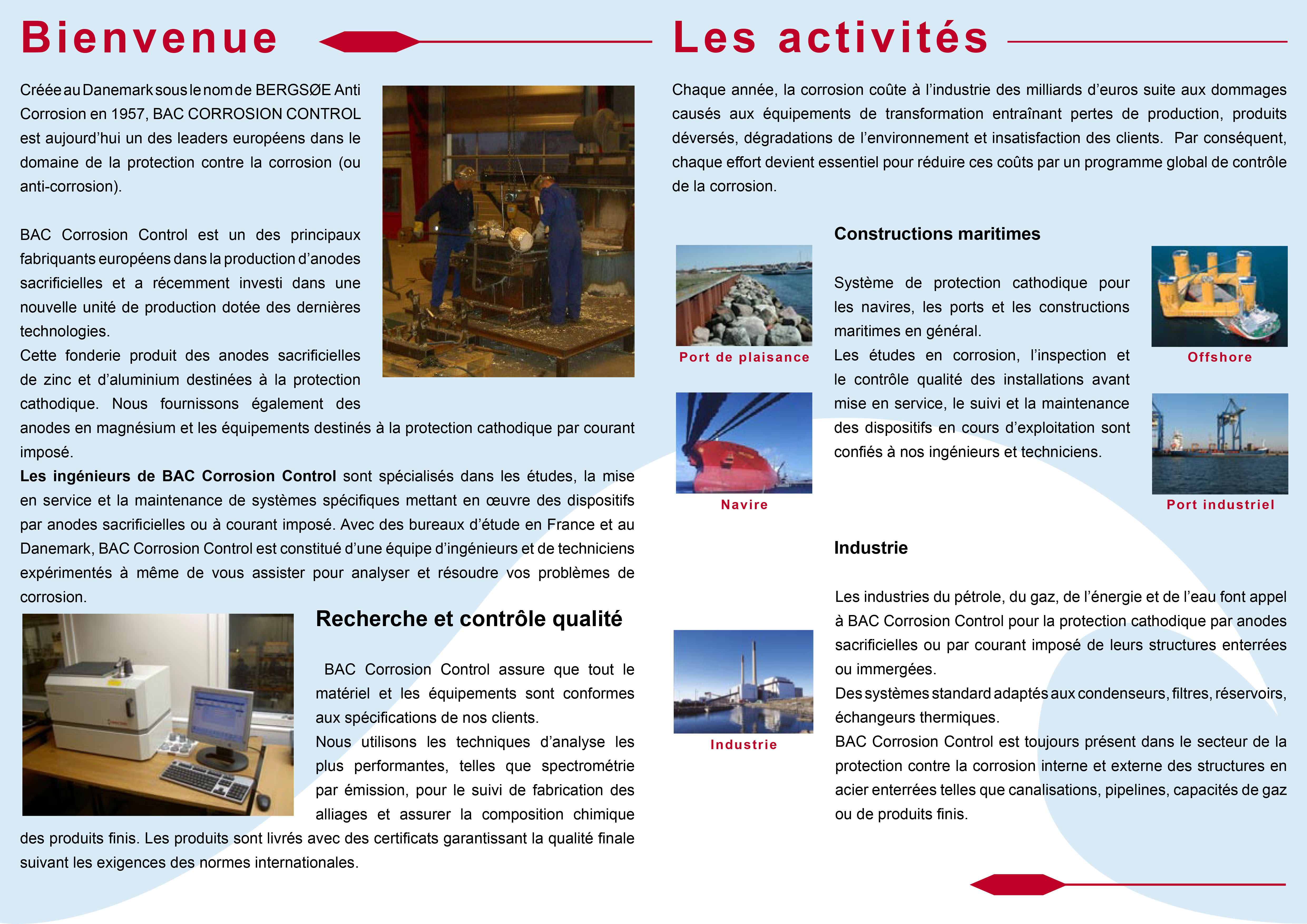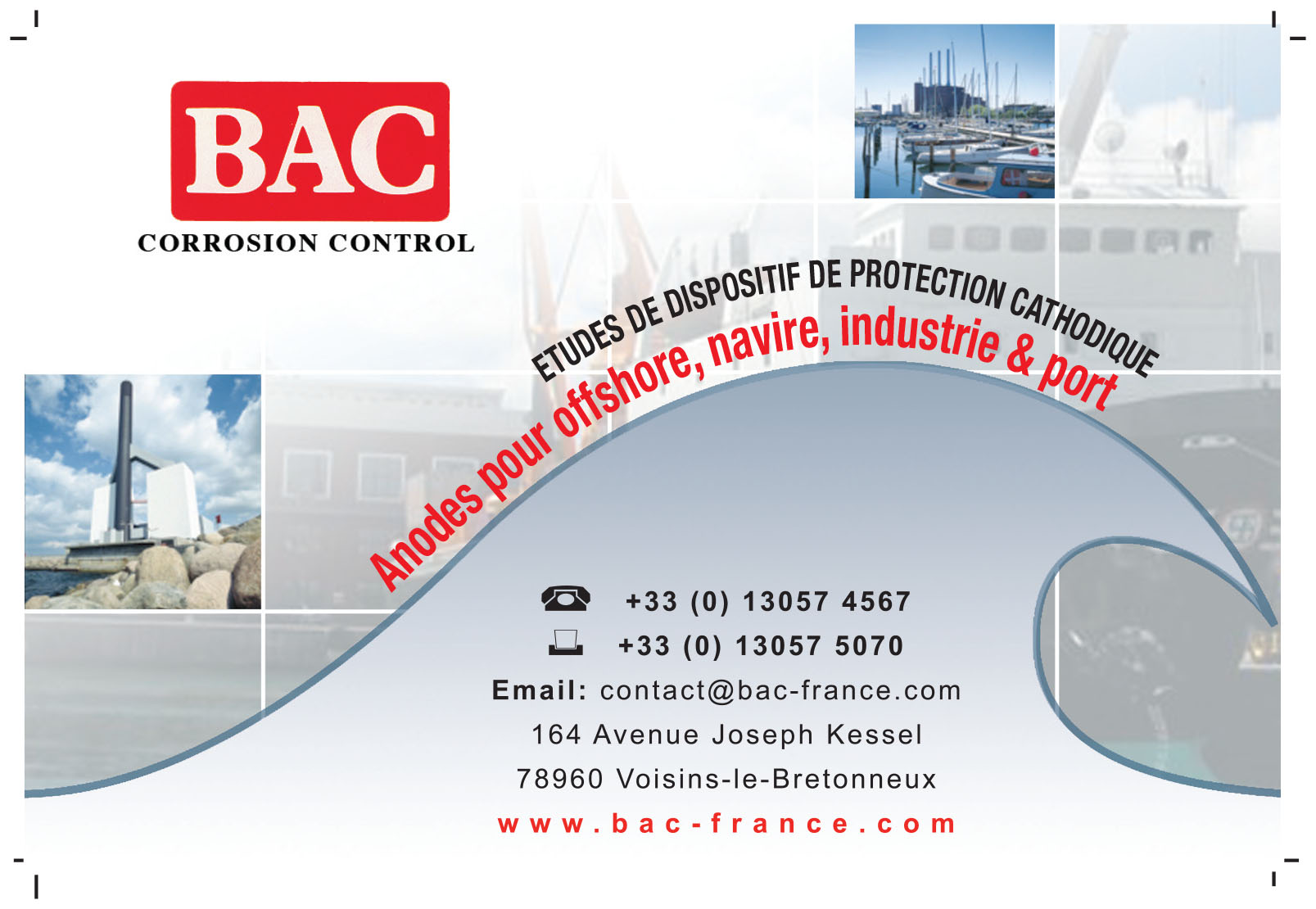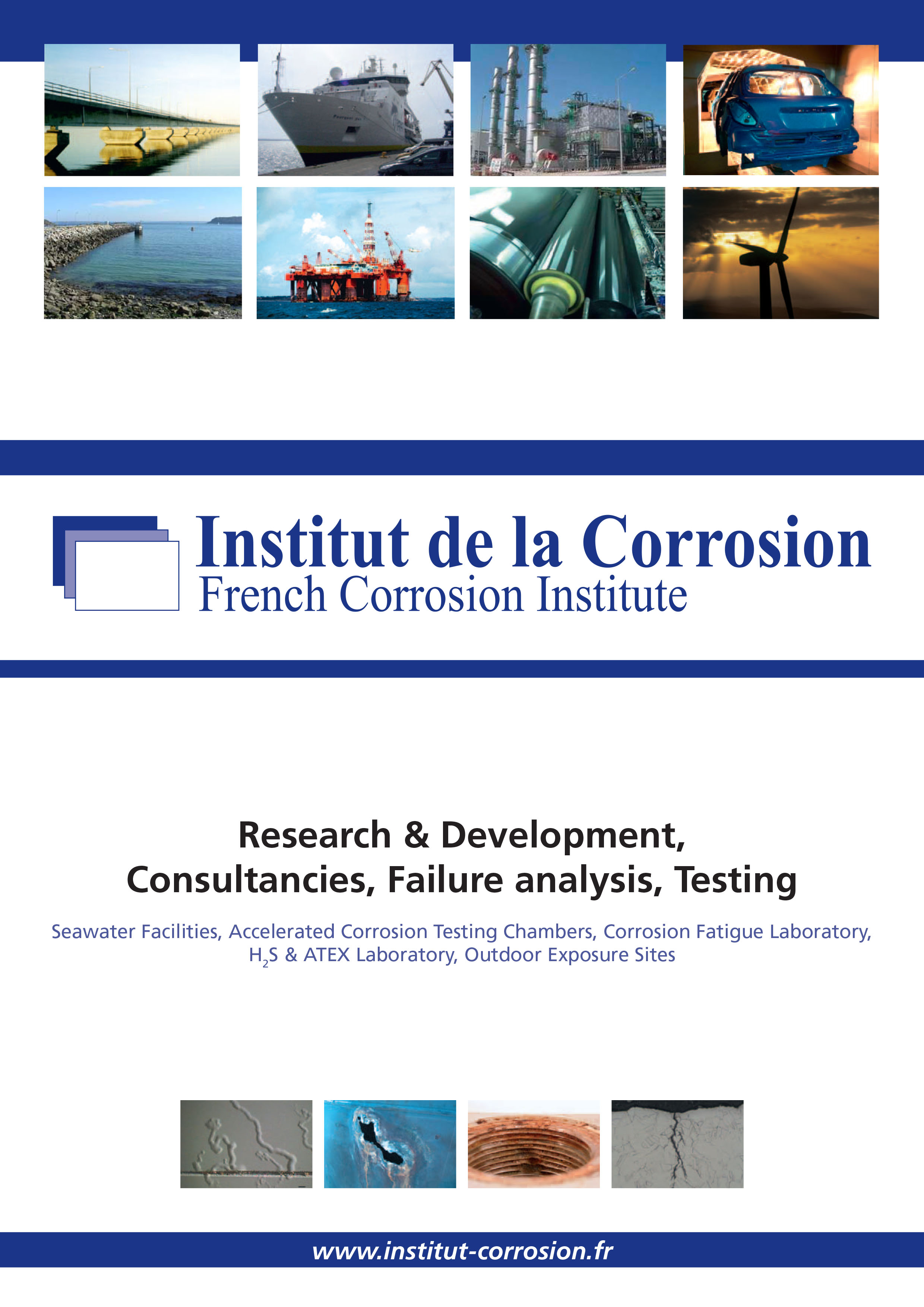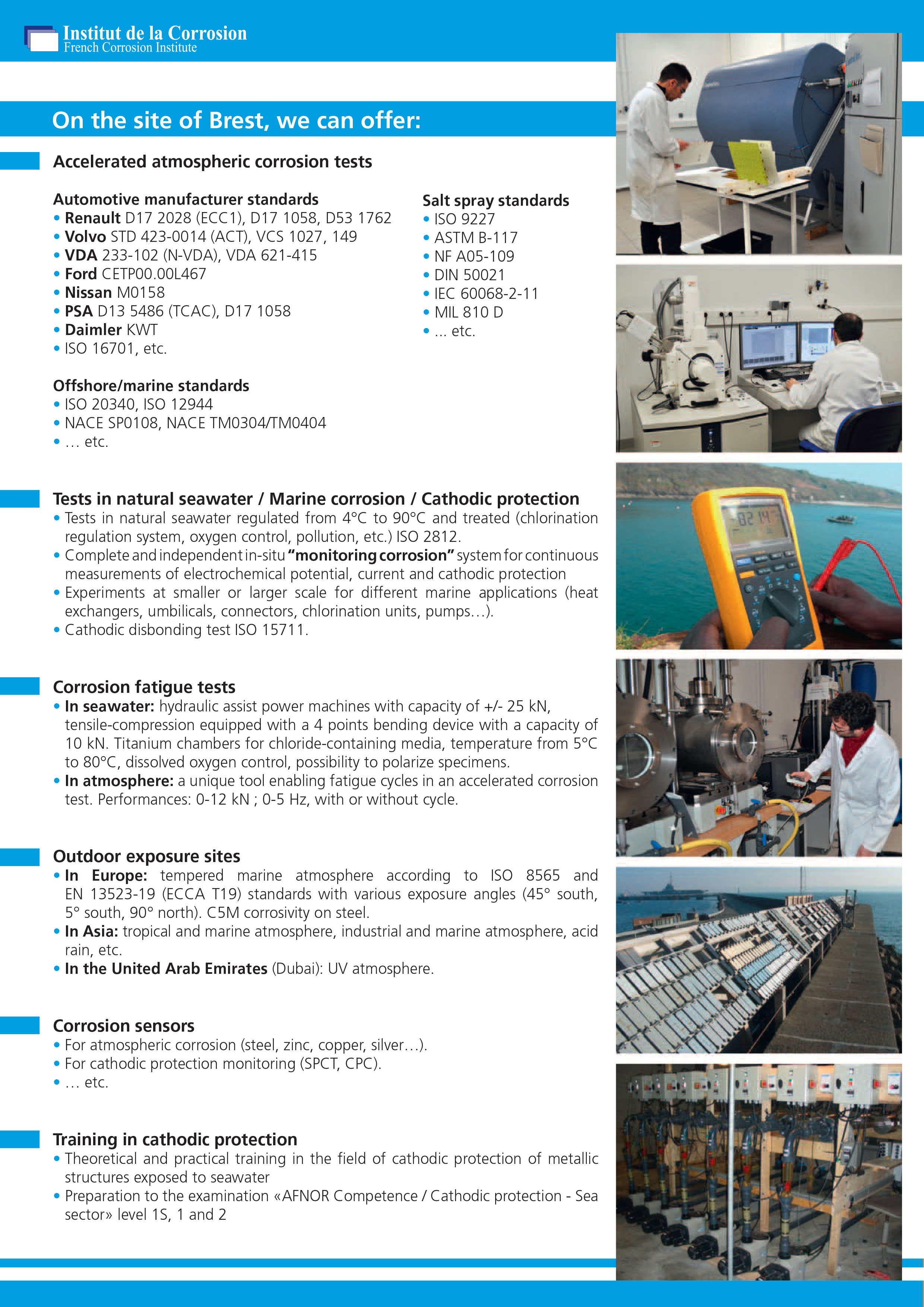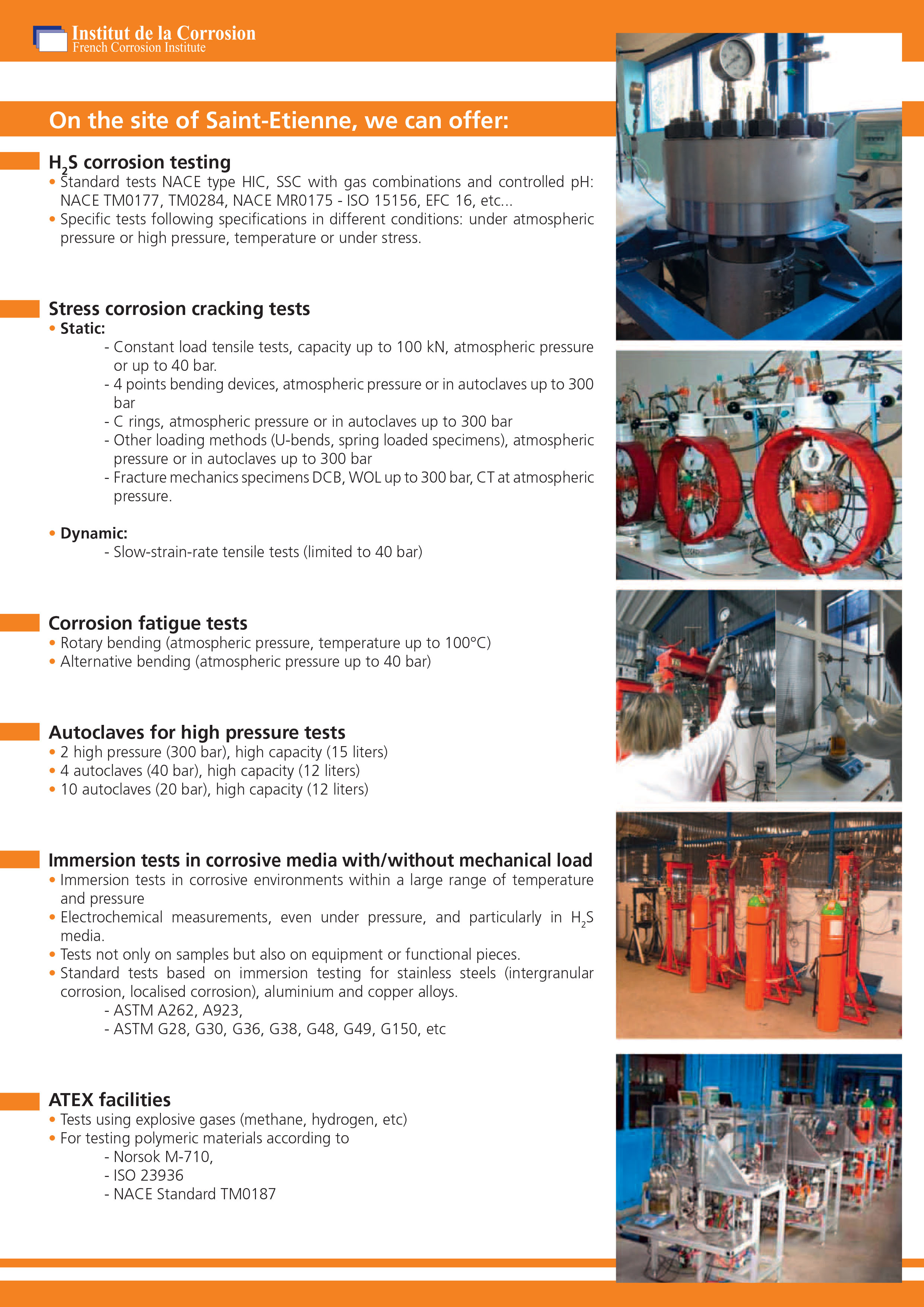The first actions for a common approach of cathodic protection were launched by Symposiums of the Electrochemical Society and NACE organized in 1949.
The first pre-normative document (“CP of buried structures”) was published in Great Britain in 1957 by the “Joint Committee for Co-ordination of the CP of buried structures” created in 1953. The first experimental normative document was the “CP Code of practice” (BS CP 1021) issued in 1973, replaced by the British Standard BS 7361 – Part 1 in 1991.
Other standards were published by several European countries: Romania in 1965, Germany (DVGW in 1971 then DIN 30676 in 1986), USSR/Russia in 1974 and 1984, Netherlands (NPR 6912 of the NEN in 1979), Italy from 1990 to 1993, France from 1991 to 1995. In Norway, the first recommendation (DNV RP B401) for the cathodic protection of the offshore structures was published in 1986.
After the setting up of the European standardization by the CEN TC262 “Corrosion protection of metallic structures” in 1990, then in 1994 by the CEN TC219 specific to cathodic protection, a set of standards have been published since 2000 and some have been reviewed or still in preparation.
In the USA, NACE was the first to publish” Recommended Practice ” in 1969. It was about cathodic protection (RP 01-69, “Control of external corrosion on underground or submerged metallic piping systems”).
In South Africa, the Code of practice SABS 0121 was published in 1977.
On an international level, the ISO TC 156 WG 10 takes over some of the EN standards and the ISO TC67 (Oil & Gas) published specific standards about cathodic protection of pipelines in 2003 and 2004: ISO 15589- Part 1 (onshore) et Part 2 (offshore).
See the section « Documentation » for the list of the main standards.


